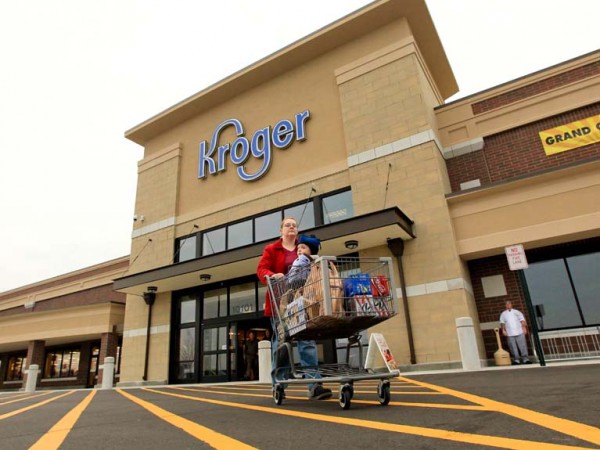From ChainStoreAge.com

Benefits from its acquisition of the Harris-Teeter grocery chain, which The Kroger Co. acquired in January 2014, helped boost results at Kroger during fourth quarter 2014. It was the supermarket giant’s 45th consecutive quarter of same-store sales growth.
Kroger’s net income rose 23% to $518 million, beating Wall Street expectations with a 22% increase from $422 million last year.
An increase in fuel margin per gallon and a lower-than-estimated LIFO (last in, first out accounting) charge contributed to the company's net earnings.
Net sales grew 9% to $25.2 billion from $23.2 billion. Same store sales without fuel rose 6%.
"2014 was an outstanding year by all measures,” said Rodney McMullen, chairman and CEO of Kroger, which operates more than 2,600 supermarkets under a variety of banners. “Kroger captured more share of the massive food market, delivered on our commitments and invested to grow our business. While improved fuel margins contributed to our results in the second half of the year, our core operating performance without fuel shows that our associates are improving our relationship with customers in ways that grow loyalty and generate strong shareholder returns.”
For the full fiscal year, net income rose 15% to $1.73 billion from $1.5 billion. Kroger reported total sales of $108.5 billion, an increase of 10%. Same-store sales increased 5.2%.
Kroger anticipates full-year net earnings for 2015 to range from $3.80 to $3.90 per diluted share. The retailer also expects identical supermarket sales growth, excluding fuel, of approximately 3% to 4% for 2015. This range takes into account the expectation of lower inflation during the year.
Kroger also said it will spend between $3 billion and $3.3 billion on capital investments in 2015 but did not elaborate on the composition of its spending across typical uses such as new stores, remodels and supply chain and information systems.